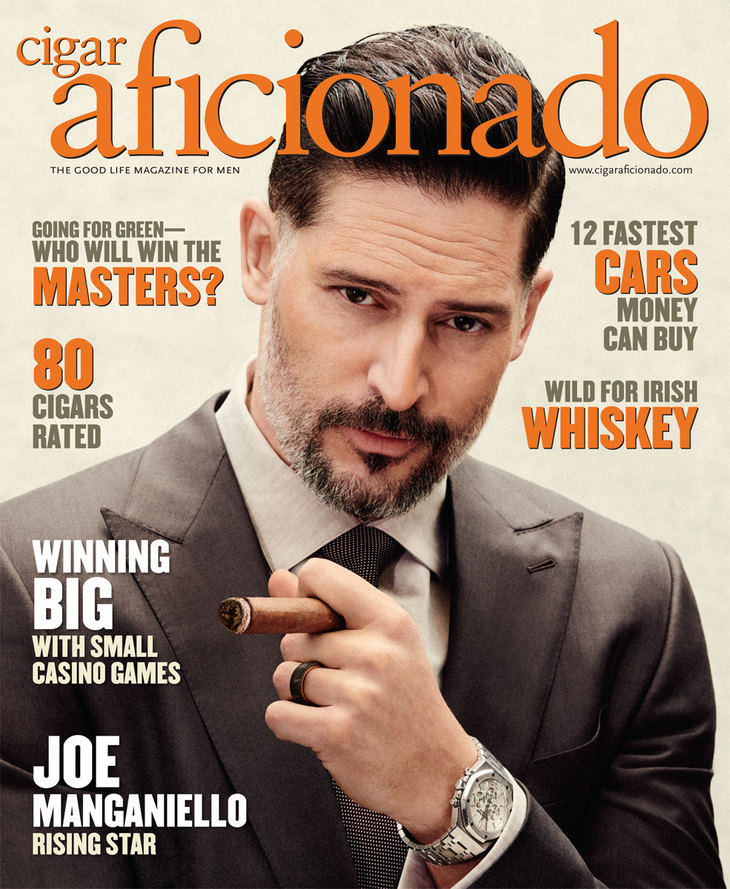 For Marvin Shanken, head of the 46-year-old M. Shanken Communications, success in the magazine world comes down to unimpeachable content.
For Marvin Shanken, head of the 46-year-old M. Shanken Communications, success in the magazine world comes down to unimpeachable content.
“We invest in very relevant information for readers who are passionate about the topics we’re writing about, and in all instances, we’ve established enormous credibility for the work we do,” he tells Tony Silber writing in Forbes. “It comes back to the fundamentals of good journalism.”
His prowess for publishing this content is evident in the success of his brand’s key titles, like Wine Spectator Magazine, Cigar Aficionado and Whisky Advocate. Yet as Silber notes, content alone isn’t enough to bridge the gap into profitability; it takes a combination of editorial wizardry and business panache.
“After all, the history of media is littered with great products that failed and sub-par products that succeed. Content is a differentiator,” Silber writes, “but business success is more complicated.”
Shanken is the first to admit that luck and timing have played a role in his success, noting that his niche markets flourished at the right time and he was able to build on that interest and grow accordingly. Yet he takes a rather unorthodox approach to his bottom line overall. Because his company is privately-held, he is able to view revenue as a secondary metric.
“It’s never been about the revenue for me,” he insists when Silber asked about the topline size of the company. “It’s always been about product and profits. I focus on profits. We have approximately 200 employees, and everybody lives well. The revenue number is irrelevant. I’m a private company.”
What is critical, he asserts, is a strong subscription renewal figure.
“Honest to God, all I want to do is turn on my readers so they renew,” he tells Silber. “I want to share with them my loves for wine, whiskey and cigars. And that love came before the business.”
As for his advertisers, he understands the importance of transparent circulation figures (something that’s sadly missing on digital).
“My audiences are totally audited and totally qualified—there are some people that tell the advertiser that their circ is X, and 70 percent of the X isn’t even printed copies,” he says. “An ABC audit you can’t mess around with—they come in and actually audit.”
And he’s a firm believer that price is indicative of quality – and has raised his prices accordingly.
“You can get a magazine for a dollar now. But I raise my prices. Same thing with my advertising rates. Same thing with events. I truly believe that the price you get reflects the quality of what you’re offering.”
With this kind of baseline, Shanken has been able to leverage events – like the annual New York Wine Experience, Wine Spectator’s Grand Tour Events, Cigar Aficionado’s Big Smoke and the yearly WhiskyFest – to support the bottom line. Doing so has cushioned the blow as print advertising budgets moved to digital, Silber notes.
Yet Shanken believes this will sort itself out, telling Silber, “There’s no question there’s been a dramatic reversal in advertising in general away from print and toward digital.”
“Some of my magazines are down and some are up. It’s a concern going forward. But as we adapt, one of the drivers is that I’ll less become concerned about advertising over time,” Shanken continues.
He admits that the magazine industry is a tough place, and that magazine publishers are reeling with the changes. But he tells Silber he knows what his job is.
“So my job is to continue to make my magazines more and more relevant so people who are passionate about my markets. And so far so good.”
It’s a thought we hear echoed a lot lately, as publishers realize the importance of focusing first on their readers, then on the bottom line.

February 4, 2020, 9:49 am